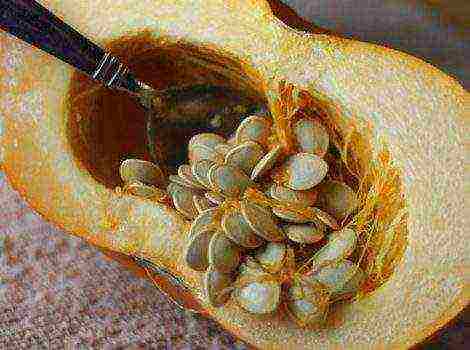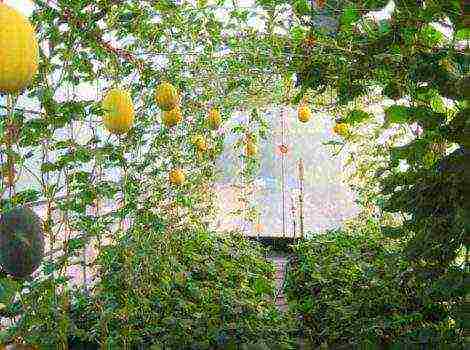Content
What is Romanesco cabbage and its cultivation
Romanesco cabbage, the more common names of which are Coral cabbage or Romanesque broccoli, is considered a new guest on our ridges. Its cultivation is practically no different from caring for cauliflower varieties, however, there are certain nuances that are worth learning more about.
Description and characteristics of the Romanesco variety
The main feature of this unique annual cabbage variety is the shape and location of the inflorescences. They resemble pyramids of a bright green hue, which fit tightly to each other. These inflorescences resemble a fractal spiral, consisting of many buds of a similar shape.
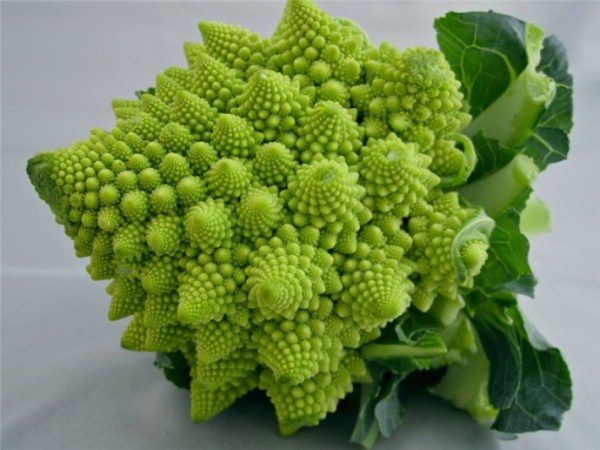
A fractal is a geometric figure, some part of which repeats itself all the time, constantly changing its own size. This is the principle of self-similarity, according to which fractals are similar to themselves in all their sizes.
The inflorescences of the Romanesco variety are surrounded by large blue-green leaves. Depending on the growing conditions, forks specimens can reach heights 1 m, and its fruits - masses in 0,5 kg. Moreover, the size of the plant does not depend in any way on the time when the seedlings were planted in the ground.
The history of the origin of Romanesco cabbage
Italy is considered the homeland of the variety, where it was bred by breeders in the 90s of the 20th century. However, some evidence suggests that the Romanesco variety has been known since the times of the Roman Empire. In our country, such heads of cabbage became known only recently, and since then many gardeners have become interested in such an interesting specimen.
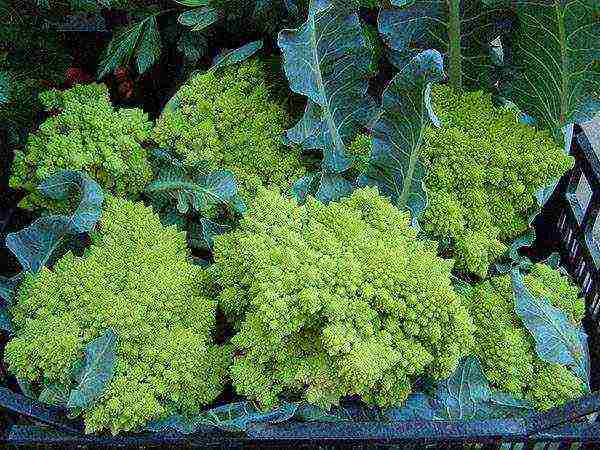
The Romanesco variety belongs to the same group as the cauliflower, but it tastes like broccoli. The main difference between Romanesco and color is its delicate texture and nutty-creamy taste, where there is no characteristic bitterness.
Benefit for health
Eating cabbage of this variety helps to fill the body with a mass of vitamins (A, B, C, K), macro- and microelements, fiber and other useful substances.
Thanks to the beneficial qualities of the variety, it is possible to improve the state of human health, since Romanesco cabbage:
- eliminates metallic taste;
- increases strength and vascular elasticity;
- restores receptor sensitivity;
- liquefies blood;
- helps fight cancer cells;
- does not allow to develop atherosclerosis;
- removes excess cholesterol from the body, toxins and other harmful substances;
- relieves a person from digestive problemsimproving the functioning of the digestive tract.
But, despite all the positive properties of heads of cabbage, do not abuse her reception... After all, overeating threatens problems with the normal functioning of the gastrointestinal tract, one of which is increased gas production.
How is the cultivation of the variety at home
When choosing a place for planting, crop rotation should be taken into account and you can return to the former plot of land only after 4-5 years. The best precursor for cruciferous plants is potatoes, after harvesting which is very loose earth. Romanesco can also be planted after onions, carrots, tomatoes, legumes and beets. Forks can be grown both as seedlings and seeds, which is most often used in the south of the country.In other cases, it is better to plant seedlings.
Black soil preparation
Romanesco does not like acidic soil, so black soil will be the best option for her. DIn order to reduce the acidity of the soil, in the fall it must be treated with lime. It is also worth adding mineral fertilizers to the ground, which are applied for digging the earth. They should contain such chemical elements as copper and molybdenum.
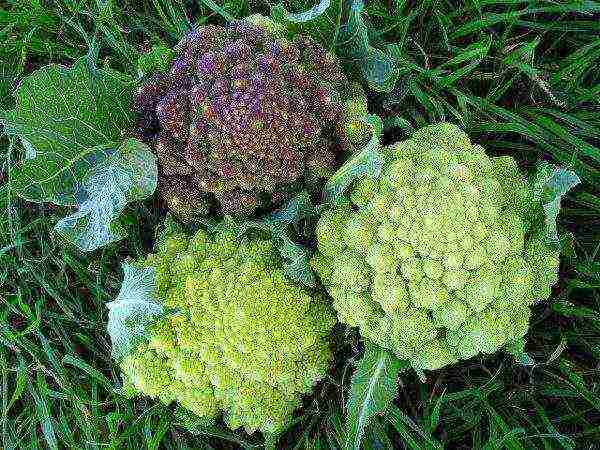
In early spring, it is necessary to add ash made from trees or dolomite flour to the soil, which is carried out at 200-400 g per 1 square meter of land. And just before digging, it is recommended to add compost or manure to the ground, scattering 2 buckets per 1 square meter of the garden.
Landing
The cultivation technology of Romanesco is practically no different from caring for a colored variety. The best time for sowing seeds is the end of April.
Before the appearance of the first cotyledonous leaves of the seedling in the room where it is installed, the ambient temperature should be no higher than + 20 ° C. 30 days after germination, the temperature drops by 10°WITH, so that at night it does not rise above + 8 ° C.
During the entire growth of the seedlings, it is required to water it regularly, as well as control the lighting so that the seedlings do not have time to stretch up very much. As a result of proper care, the seedlings should turn out to be low, on a strong stem, with a well-developed root system.
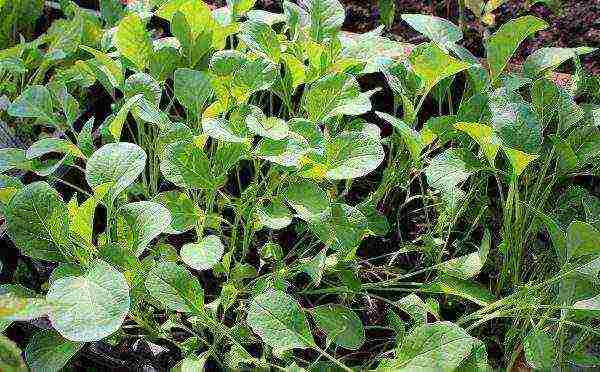
Seedlings can be planted in the ground later 45-60 days after sowing the seeds. When growing forks, there is not much difference between what exactly is used for planting - seeds or seedlings. In both cases, the distance between each landing row should be 50 cm, and inside them - 60 cm.
Care rules
Caring for Romanesco does not pose any particular difficulties. If you follow the basic rules of care, then you will be able to get a good harvest without any problems. Basic care is as follows:
Watering
Since cabbage is demanding on soil moisture, it must be watered regularly, which is the key to a good harvest. Watering is especially important during the period of inflorescence formation. However, at the same time, waterlogging of the soil should not be allowed, therefore, after watering, it is worthwhile to loosen the ground under each plant.
Weed control
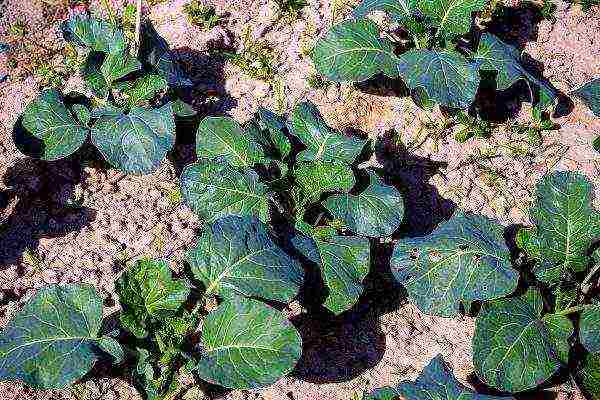
Timely cleaning of weeds will prevent the appearance of pests on cabbage, and also prevents various diseases.
Top dressing
During the entire growing season, Romanesco forks are fed three times.
A week after planting in a permanent place, the seedlings can be fed their manure or poultry droppings, diluted in 10 liters of water, to which 20 g of mineral fertilizers are added.
The second feeding is carried out through 2 weeks. To do this, stir in 10 liters of water 2 pinches of superphosphate, 1.5 tablespoons of ammonium nitrate, 2 g each of potassium chloride and boric acid.
Pest and disease control
In this variety, cabbage, aphids, cruciferous fleas are considered pests. In order not to cause their appearance, regular treatment of plants with modern insecticides will help.
I bring no less harm to cruciferous diseases, such as black leg, mucous bacteriosis, mosaic, alternaria. To cope with some of them is sometimes possible only by the complete eradication of the plant.
Harvesting
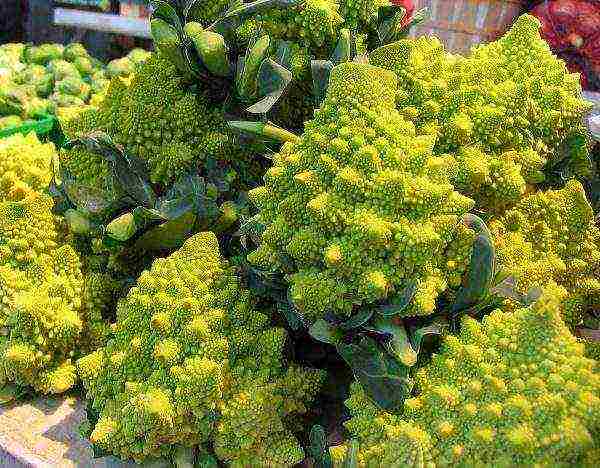
You can start cleaning the forks in September.Despite the fact that the plant can grow up to 1 m, its inflorescences are small. It is worth cutting the heads of cabbage in the morning, while the sun has not yet had time to heat the whole plant.
It is also worth knowing that If you store cabbage after harvesting in the refrigerator, then it will quickly lose its nutritional properties and begin to deteriorate. Deep-freezing will help preserve the beneficial qualities of cabbage. Then, after defrosting, cabbage inflorescences will not lose their juiciness and tenderness.
Growing the Romanesco variety is somewhat more difficult than another variety of cabbage, because every violation of technology can lead to the fact that it does not tie inflorescences. But the more attractive it becomes for gardeners who would like to see this fractal miracle on their beds.

